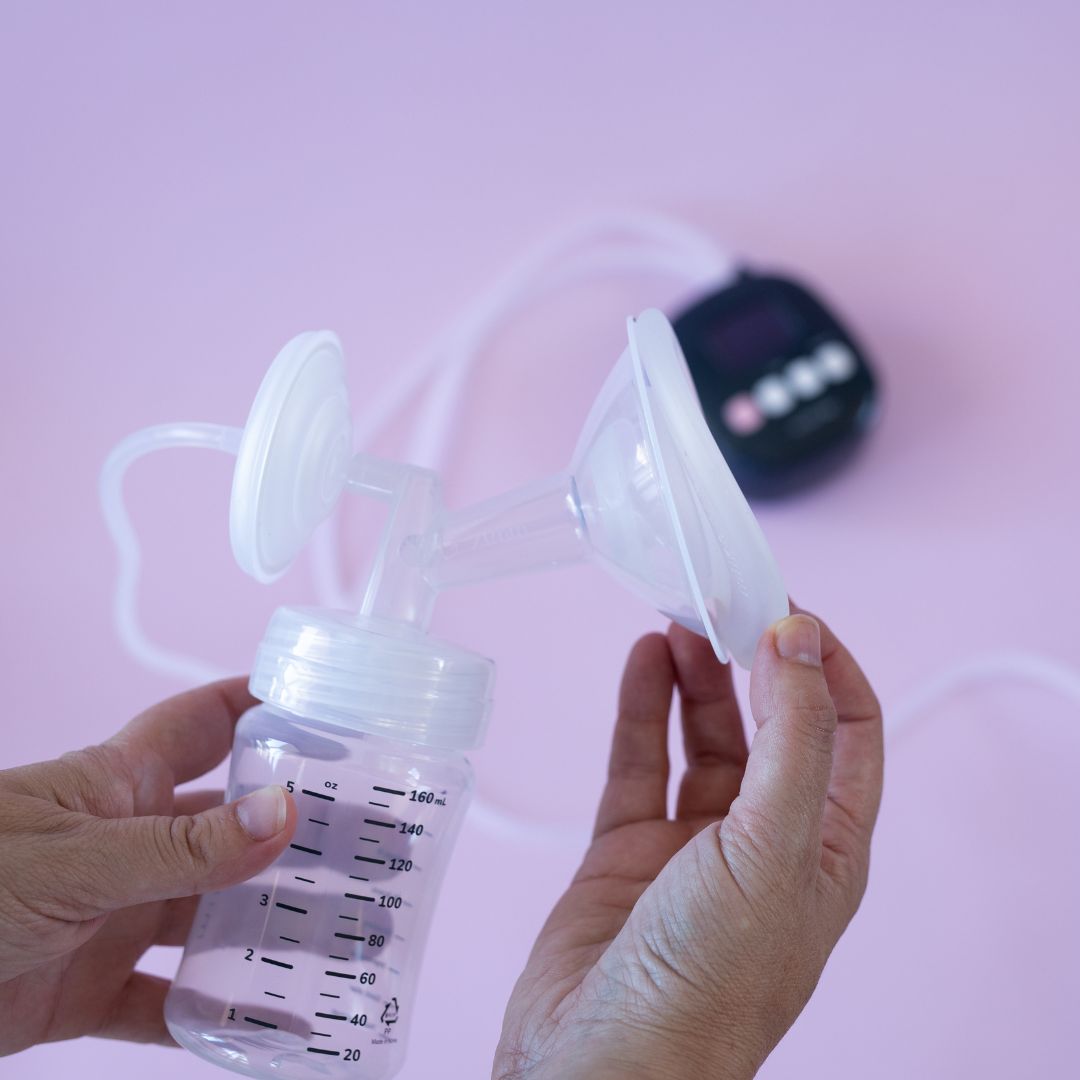If you’re building a business or bringing a product to market, you’re going to get it wrong more than you’re going to get it right. That makes it super important to choose what you do with the thing that went wrong.
Which is easy to say, hard to do.
In the startup world, there’s a culture of celebrating failures. Fuck-up nights, building in public, podcast deep dives into lessons learned, people talking about their failed ventures before the ‘one that succeeded’. This transparency is great to show that it’s not smooth sailing, but many of these stories (not all) are told by folks who have the benefit of time and distance from the failure. They can frame the failure as being the catalyst for their success or that they meant for it to happen that way. Sometimes the failure they choose to talk about isn’t actually a failure, kind of like responding to that interview question about your weaknesses with “I’m a workaholic” or “I care too much about others”.
There’s a reason for this:
- It’s hard to talk about failure
- It’s hard to know you’re actually making a mistake until after you’ve made it (ever watched that Steve Jobs TED talk about connecting the dots backwards?)
- Even if you do realise quickly that you’ve failed, it’s hard to have perspective about the lessons while it’s unfolding in real time.
The truth is that failure is hard. When you’re building a business, failures come thick and fast, so you have to find a way of motivating yourself to keep going or figure out to know when to call it quits.
Here’s what I try to do with Milkdrop any time we fail:
Scan
I try to get an idea of the size and shape of the failure. Was it just part of an experiment where we were indifferent to the outcome, but just wanted some data to make decisions? Or was it unexpected, unplanned and rocked us around a little bit? Could it happen again?
Once I’ve got a better idea of what the failure looks like, I’ll jump straight to getting a better picture of the consequences. I run through this list to understand how the failure affects:
- Our customers and their safety / wellbeing
- Our team
- Our investors
- Our business viability
- Our other key risks & opportunities
Focus
The next step is to chat with our team. We try to flesh out together what happened, the consequences, what information we need, what to do about it, and who we need to talk with. This is particularly important if it’s something that could happen again, but we conduct these sorts of post-mortems after any failure.
**Warning**
When we’re sorting through the who, what, why, it’s important to try to stay neutral. If you start penalising people for mistakes, you’ll quickly end up with a crappy work environment. People get worried they’ll make a mistake, and then they don’t take risks and they don’t tell you when things are starting to go off the rails. Worse, they don’t critique your ideas. I try really hard to distance the person (usually me anyway, so it’s easy) from the failure and talk about everything as an experiment or a learning. Language is particularly important here. How we talk about past failures sets us up for how we will react to and prevent future ones (wherever it’s possible to prevent them without staying too safe!).
If it’s a major fail, I will always try to talk to the person who’s been working on it before I analyse the situation with the rest of the team. I’ll talk about the value of opening this up with the group, while also being mindful of how they might feel when we do discuss it as a team. You don’t want to have someone feel like their actions are under the microscope.
I made this mistake early on at Milkdrop. In engineering, you’re used to your designs being harshly critiqued by others, or by physics in general. i.e “That won’t work, it’ll fall down, because, you know… gravity”. You learn to separate your designs and ideas from your sense of self pretty early. But this isn’t common practice in all disciplines, so this is a mentality you’ll need to work hard to build into your culture.
Act
We’ve assessed, we’ve got a plan – now it’s time to get moving. We talk to the people we need to, research things we don’t know, start fixing things!
I try to avoid jumping from step 1 to step 3 too quickly, because it’s important to understand as many angles of the failure as possible so you can learn from it before you jump right into the next failure!
Keep your eyes on the prize
Running a startup can be exciting, but mostly (in my experience anyway), it’s about setting your vision and working through all the challenges and feelings to achieve it. It’s a long game, 5-10 years, and you need a reason to keep pushing through.
The reason I started Milkdrop was because I saw women's pain being chronically overlooked and underestimated. Coming from the world of engineering, I knew how much effort and smarts we can apply when we want to, and it irritated me that we weren’t applying this evenly across our society. I thought that it was a problem that really needed addressing.
This idea keeps me going, and it's the thing that keeps everyone in our team going as well. They describe it differently, but it’s the underlying reason most of us are working so consistently on it. It's not that we're particularly passionate about breast pumps in themselves but we're passionate about women having products designed for them that suit them.
When we have a failure, I ask myself if it’s threatening what we’re actually trying to achieve with women’s health. Usually it isn’t, and there’s a workaround. It puts everything into perspective.
I also keep a list of comments and emails we’ve received from customers about how our work has helped them. Failures are put back into perspective after you read these!
How do you deal with failure in your business or startup? I’m keen to know if you’ve tried this approach, or have another that works for you. Find me at hello@milkdroppumps.com.


